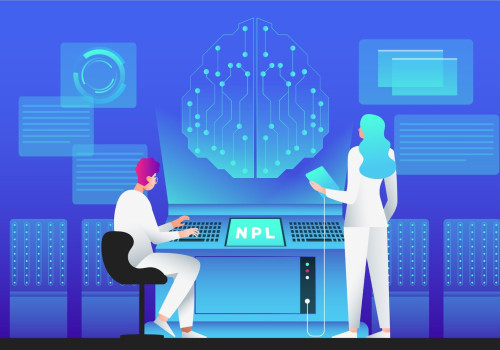Examples of DaaS Urban Mapping, a geographic data service, provides data for customers to integrate into their own websites and applications. Xignite is a company that makes financial data available to customers. D&B Hoovers provides customers with business data from several organizations. DaaS allows companies to strike a balance between capital expenditures and operating costs.
Data as a service allows companies to create services without spending money on the employees and infrastructure needed to manage their data. In addition, DaaS reduces the capacity of source systems, reducing licensing, MIPS, and hardware expenses. DaaS helps companies reduce maintenance costs. What happens in data processing as a service? Data as a service involves looping data, visualizing, and mapping data.
Each component is critical to helping you achieve a larger goal. This is where a data as a service provider can help you turn your investment in data into cash flow by mapping available opportunities. Without the need to develop data processing or analysis capabilities, the Data Platform as a Service (DaaS) allows data providers (on AWS Data Exchange) to create and sell data goods and services to their subscribers immediately. As more and more organizations turn to the cloud to modernize their infrastructure and workloads, data as a service (DaaS) is becoming an increasingly popular solution for data integration, management, storage, and analysis.
Business users can create local domains or data repositories using data architecture as a service without compromising the consistency and reliability of business data. This concept of technology is similar to software as a service (SaaS), which refers to software that can be accessed online and through the cloud without the need to install a program. As you can see, data as a service is on the rise, but Gartner believes that there are still 5 to 10 years left to reach the level of productivity, where it is estimated that there will be rapid growth in adoption. It is the responsibility of subscription services to provide an exceptional personalized experience so that users come back and recommend the service to others.
This indicates that data as a service (DaaS) models are successful in business environments where customer needs, data accessibility and the specific challenge at hand are all compatible, especially when the customer considers that the data is relevant in business environments. Like other business models called “as a service”, data as a service offers companies a mechanism to manage the enormous volumes of data they produce every day and to distribute that useful data throughout the organization to make decisions based on the data. If implemented correctly, data as a service reduces data-related bottlenecks, lightens the workload of enterprise data teams, and allows local domains to meet their own data requirements. When a company implements a data platform as a service, it can only operate with tools that are compatible with this particular platform.











